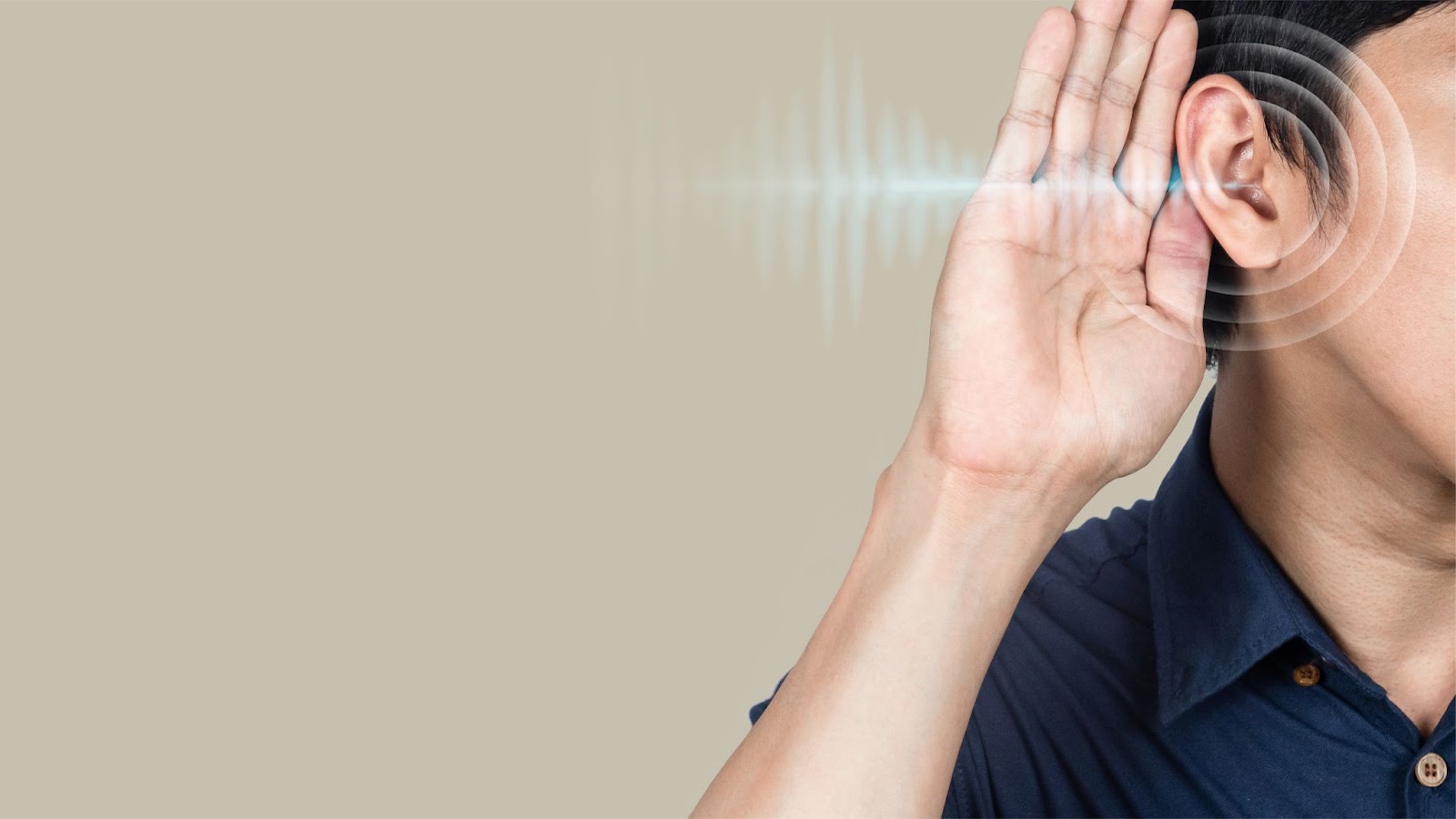Sometimes people use the word deaf and hard of hearing interchangeably. Are they right to do so? Although both terms describe a certain level of hearing loss, it is always best that one has a proper understanding of both terms and when they should be used. What the two have in common though is that ASL remains a vital tool of communication for the deaf and hard of hearing. Let us take a closer look at what it means to be deaf and what it means to be hard of hearing
Meaning of Hearing Loss
Part of understanding what being deaf and hard of hearing entails is understanding that both terms have their origin in the term ‘hearing loss.’ Although there seems to be a specific definition for hearing loss, according to the World Health Organization, it is suggested that a proper understanding of hearing loss is tied to understanding the different types of hearing tests to see the clearer picture they give to the concept. Did you know there are seven different types of hearing tests? We will be examining three common ones.
The Pure Tone Audiogram
According to this test, which uses the decibels hearing level (dBHL)- a measurement based on sound intensity or amplitude, a person who cannot hear sounds from 25-120 dBHL, is said to be suffering from any hearing loss ranging from mild to profound. This test focuses on checking the functionality of the middle and inner ear.
Those who have mild hearing loss are those within hearing levels of 25-40 dBHL, those with moderate hearing loss are those within 40-55 dBHL, for those suffering from moderate to severe hearing loss their hearing levels are within 55-70 dBHL, those with severe hearing loss have hearing levels within 70-90 dBHL, while those with profound hearing loss have hearing levels between 90 dBHL and above.
Acoustic Immittance
This test is usually conducted to check certain membranes and muscles in the middle ear and how they respond to pressure changes and therefore is done in different stages. Depending on the results of the stages of this test, you will be able to tell if there is fluid or infection in either or both of your middle ears, if you have eustachian tube problems, or if there is even a decay in your ear. Any of these can likely cause hearing loss of any degree.
Auditory Evoked Potential (AEP or ABR)
The ABR test, usually conducted in children, detects hearing loss by checking the brain’s wave response to sound. Also based on the results from the test, a person’s hearing threshold can be determined, and likewise the auditory neuropathy.
From these tests, we can see that people who suffer hearing loss are in different categories, and are not measured with a single parameter. However, it is safe to use these contexts to determine what being deaf and hard of hearing means. But first, let’s see the major categorization of hearing loss. You will find from this categorization where being deaf and hard of hearing falls under.
Major Types of Hearing Loss
As we said earlier, being deaf and hard of hearing are forms of hearing loss. They both indicate a certain dysfunction of a person’s ears when it comes to sounds. Hearing loss can also be examined under the following categories
Sensorineural Hearing Loss
This kind of hearing loss is a result of damage that occurs in the structure of your inner ear. Specifically, it happens when the tiny hairs called stereocilia (in a spiraling organ called cochlea) in your inner ear, get damaged. It takes about 30-50% of these tiny hairs to be damaged for this hearing loss to occur.
Although it is common in adults, it can be found in children due to genetics. Other causal agents for this hearing loss are loud noise and aging. If not handled quickly upon the slightest notice of a problem, it can be severe hearing loss because people with this kind of hearing loss are within the 70-90dBHL.
The use of hearing aids or cochlear implants can be used to treat this kind of hearing loss.
Conductive Hearing Loss
Conductive hearing loss is hearing loss that is caused by a blockage of sound in the outer and middle ear from reaching the inner ear. A lot of reasons can be the cause of this problem, ranging from earwax to fluid to any foreign object to infections to a bone abnormality or an injury in the eardrum. Common in children, it can be treated with medicine or surgery.
Image by pch.vector on Freepik
When a person has both sensorineural and conductive hearing loss, we can say that person is suffering from mixed hearing loss.
Will it then be safe to say that most people who are deaf are suffering from sensorineural or mixed hearing loss rather than conductive hearing loss? Whatever the level of hearing loss, ASL is advised.
Deafness Versus Hard of Hearing
Deafness is a severe condition that describes one’s inability to process information through the use of one’s ears with or without help (that is with or without any sound amplification).
On the other hand, when one is hard of hearing, it means that such a person has residual hearing that is enough to be helped by a hearing aid to enable the processing of sounds.
Note that both conditions are forms of hearing loss. But with these simple definitions, you might say that one is in dire need of using ASL more than the other because of how critical the condition is. Notwithstanding, ASL is a visual language that portrays feelings and emotions in a way that spoken language is not able to. It should be learned by the deaf, hard of hearing as well as their hearing counterparts. There doesn’t have to be a boundary to the usage of the language as there is not any limitation to the various spoken languages used all over the world.
Conclusion
One of the effective means of communication for the deaf and hard of hearing is ASL. It gives them a connection to the world around them, and a way to interpret their feelings and express themselves. The ability of these ones to learn and communicate with sign language shows not only their strengths but their willingness to overcome the obstacles that their condition may present.
You should not view being deaf or hard of hearing as a decapacitating human disease. Rather you can utilize some ASL resources provided by SignBee Academy and learn ASL today.
Thumbnail Photo Credit to: Image by Freepik






